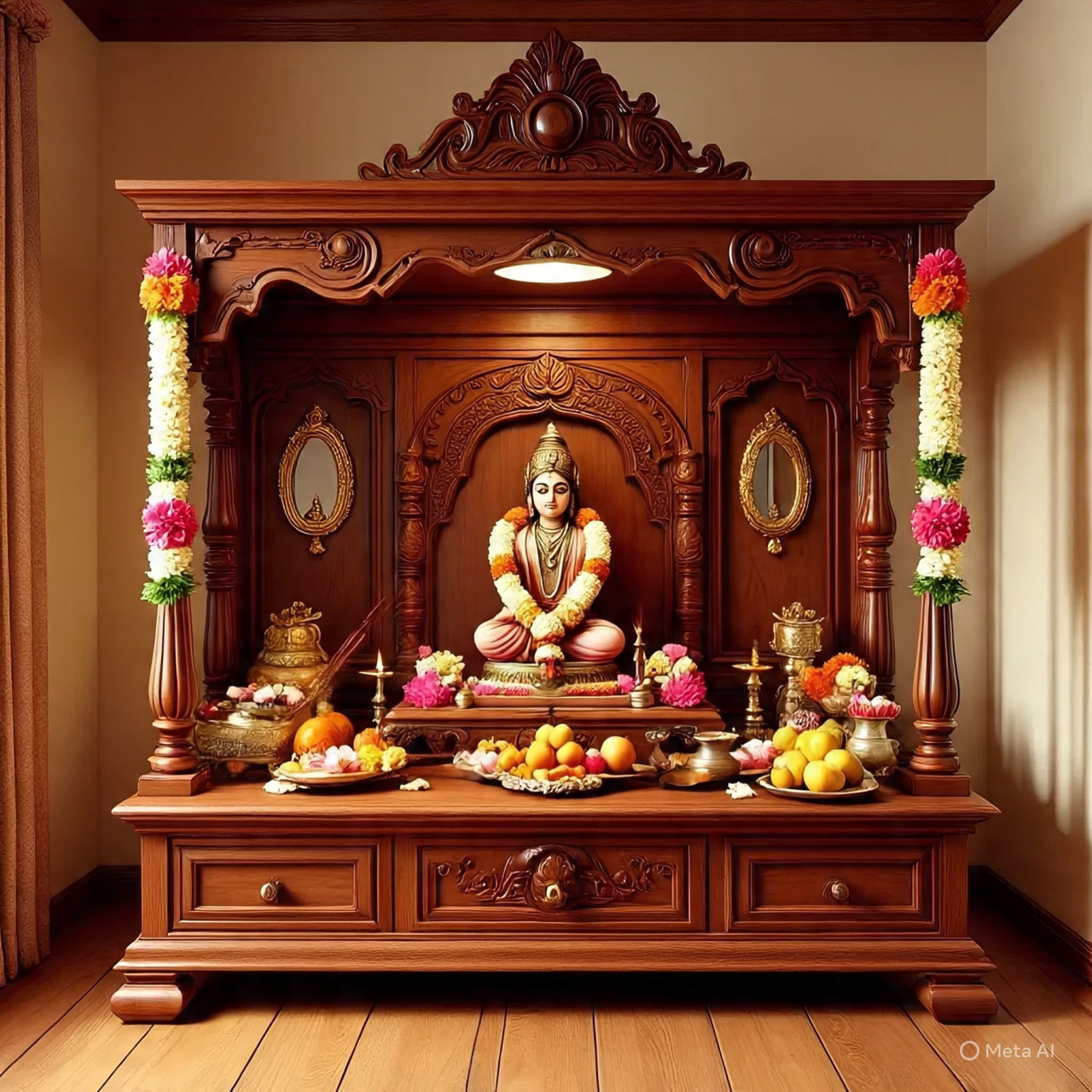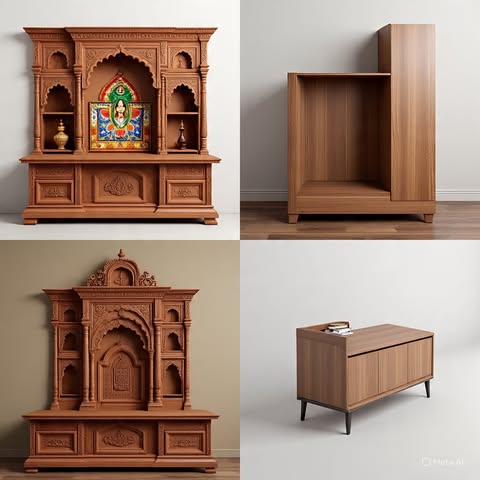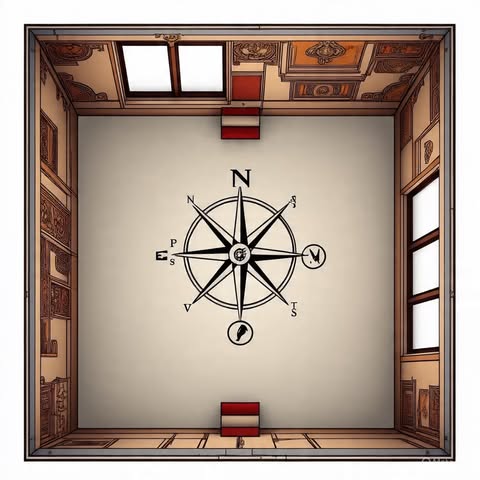Step-by-Step Guide to Pooja Unit Designs
Creating a pooja unit design is a deeply emotional and spiritual journey for every Indian home. It’s not just about decor—it’s about crafting a sacred corner that holds prayers, traditions, and generations of faith. In a fast-paced world, having a peaceful space to connect with the divine brings balance and calm. Whether you’re in a modern apartment or a traditional bungalow, a beautifully designed pooja space reflects your devotion and values. To help you design the perfect spiritual corner, Noida Interior Kit has created this step-by-step guide, offering expert insights and customizable pooja unit designs that beautifully merge tradition with modern aesthetics.
Step 1: Understand Your Space
- Before you begin, assess where you want to place the pooja unit. Consider the following:
- Room or Niche: Do you want a dedicated room, a wall-mounted shelf, or a corner unit?
- Direction: As per Vastu Shastra, the northeast corner (Ishan) is ideal for placing the pooja unit.
- Lighting and Ventilation: Ensure the area has good natural light or plan for sufficient artificial lighting.
Tip:
Measure the available area. This will help you choose the right size and structure for your pooja unit.
Step 2: Choose the Type of Pooja Unit
There are several types of pooja unit designs based on size, material, and placement. Some popular options include:
- Wall-Mounted Pooja Units: Great for small spaces and apartments.
- Freestanding Pooja Cabinets: Ideal for larger rooms or corners.
- Traditional Wooden Mandirs: Carved designs with domes and pillars for a timeless look.
- Choose one that suits your space, aesthetic, and spiritual needs.
- Modern Pooja Unit Designs: Featuring sleek lines, hidden drawers, and neutral finishes—perfect for contemporary homes.

Step 3: Select the Right Material
The material you choose sets the tone and durability of your pooja unit. Popular materials include:
- Solid Wood: Rich, traditional, and long-lasting. Teak and Sheesham are commonly used.
- Plywood with Laminate: Budget-friendly and available in various finishes.
- Marble or Stone: Adds a luxurious and spiritual feel, often used in traditional setups.
- MDF or Engineered Wood: Ideal for budget-conscious and modern designs.
- Choose a material that complements your home décor and stands the test of time.
Step 4: Design Functional Features
A beautiful pooja unit is also functional. Think about how you’ll use the space daily:
- Storage Drawers: To store incense sticks, oil, matchboxes, and pooja books.
- Pull-Out Tray or Shelf: Useful for placing diyas and offering plates.
- Lighting: Add soft LED lights or spotlights inside for a warm glow.
- Bell Holder and Hooks: For bells, garlands, or religious symbols.
Tip:
If using lamps or diyas, ensure fire safety by choosing flame-resistant materials and avoiding enclosed spaces.
Step 5: Pay Attention to Vastu Guidelines
For those who follow Vastu, here are some key pointers:
- Placement: Northeast is best; avoid placing it in bedrooms or directly under a staircase.
- Idol Position: Idols should not face each other or the south direction.
- Height: Idols should be placed at eye level when sitting.
- Cleanliness: The area should be clean, clutter-free, and not used for storage of unrelated items.
- Following Vastu can enhance the spiritual harmony in your home.

Step 6: Add Personal Touches
Make your pooja unit uniquely yours with thoughtful additions:
- Sacred Symbols: Om, Swastik, or engraved motifs on doors or back panels.
- Brass or Copper Accessories: Add spiritual and traditional energy.
- Back Panels: Use decorative CNC-cut panels, frosted glass, or wallpaper for depth and beauty.
- Color Themes: Earthy tones, gold accents, or white marble create a serene vibe.
Keep the design aligned with your home’s interior while maintaining its sacred essence.
Step 7: Maintenance and Upkeep
A pooja unit needs regular care to maintain its sanctity and appearance:
- Dust Daily: Especially around idols, shelves, and drawers.
- Oil or Polish Wood: Maintain the finish every few months if it’s solid wood.
- Check Lighting Fixtures: Replace dim or fused bulbs to keep the area well-lit.
- Organize Items: Keep the unit clutter-free and discard expired incense or offerings.
Create Your Ideal Pooja Unit Designs Today!
We hope this guide helps you design a pooja unit that fits beautifully into your small space while honoring your traditions and spiritual needs. Whether you dream of a compact wall-mounted mandir or a modern, minimalist setup, thoughtful planning can turn even the smallest corner into a peaceful sanctuary. Ready to bring your vision to life? Connect with Noida Interior Kit today—our interior experts will guide you step-by-step in crafting the perfect pooja unit design tailored to your space, style, and beliefs.






